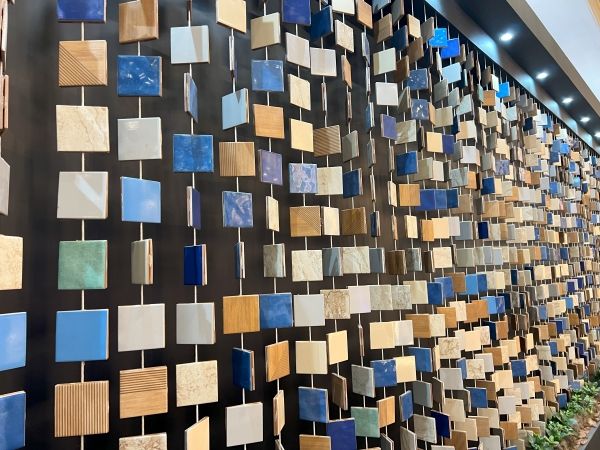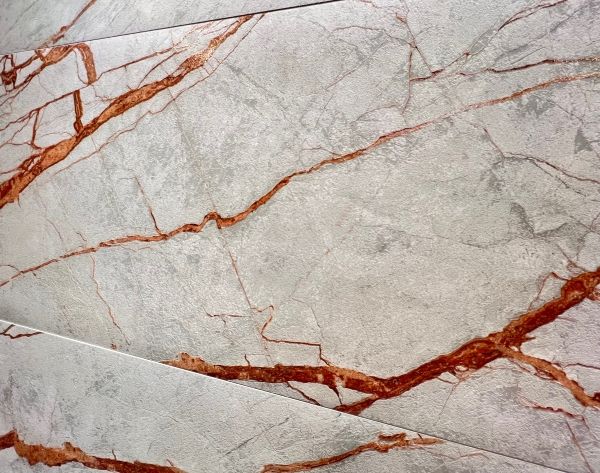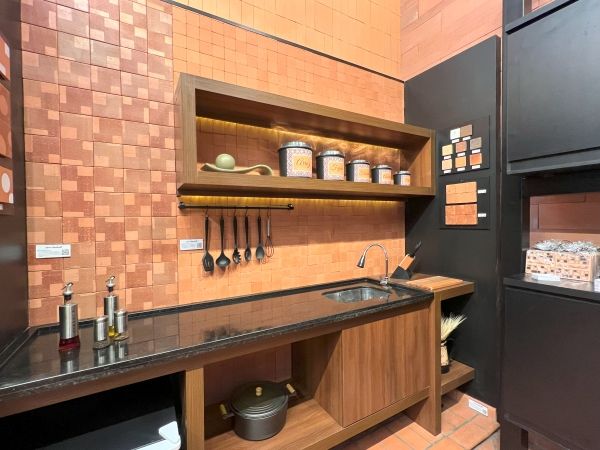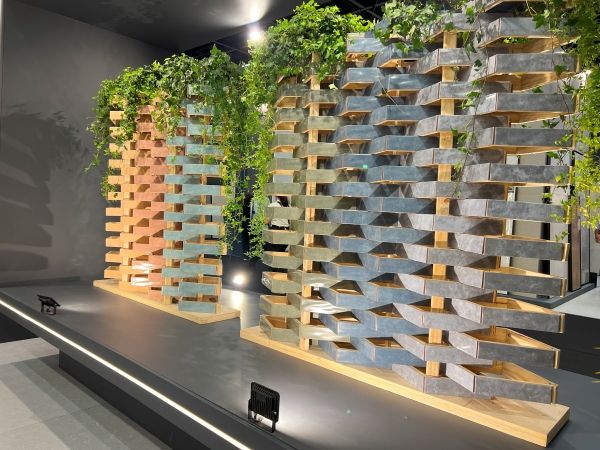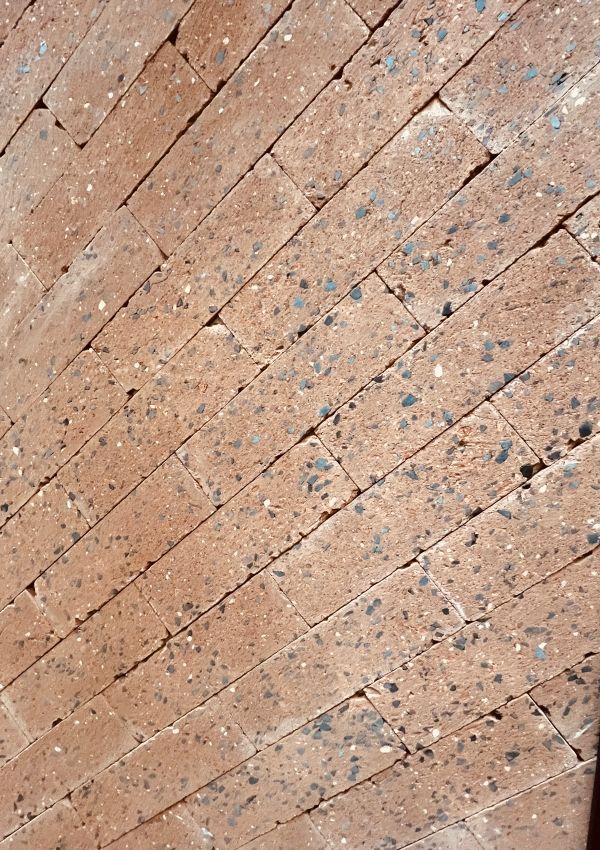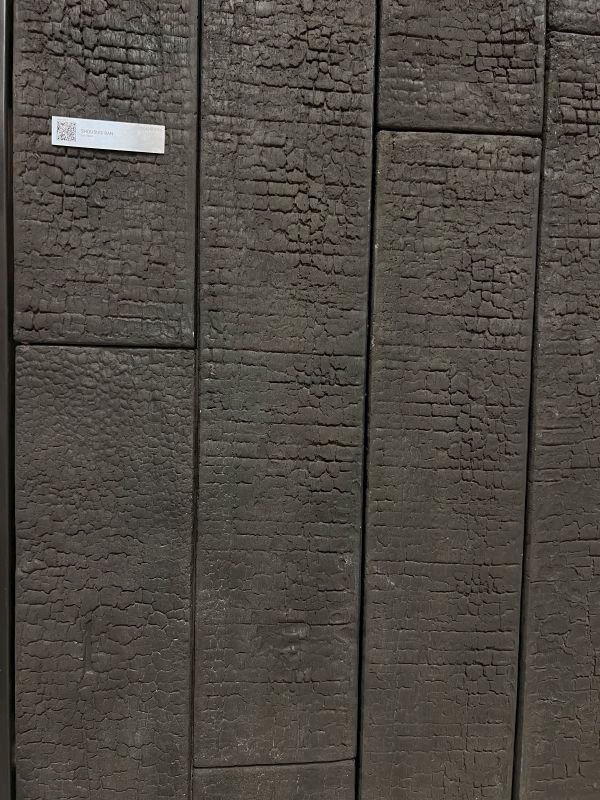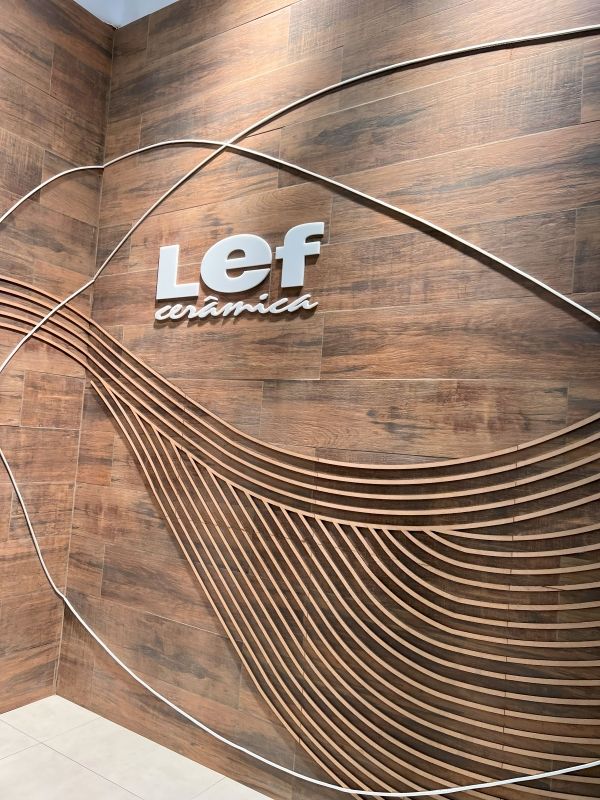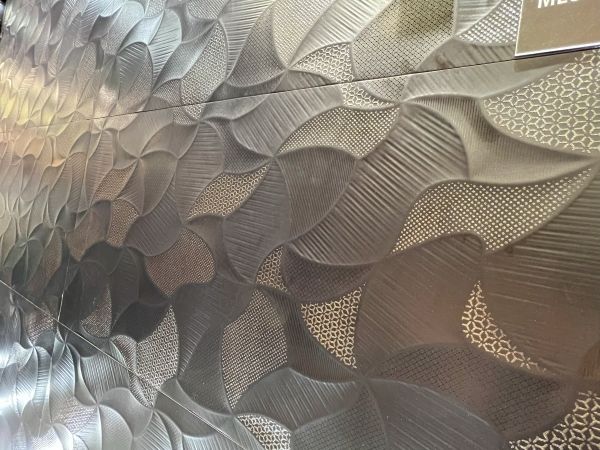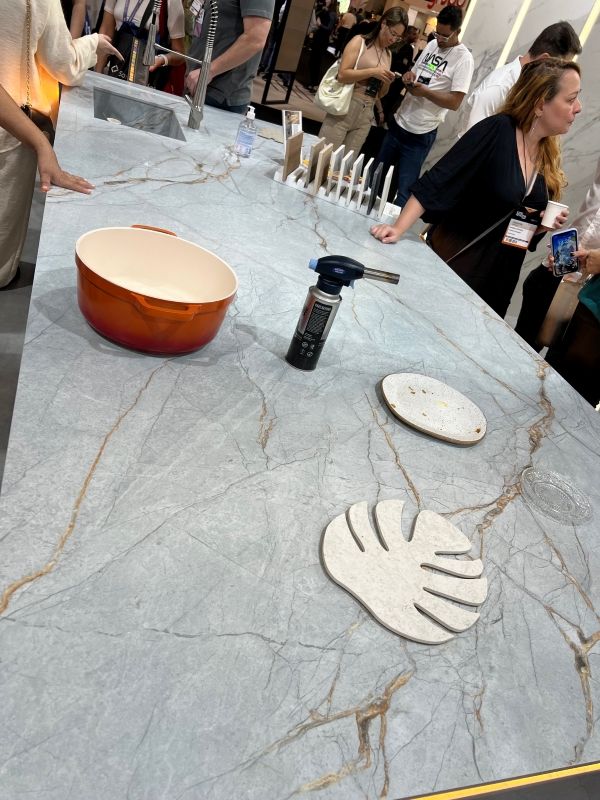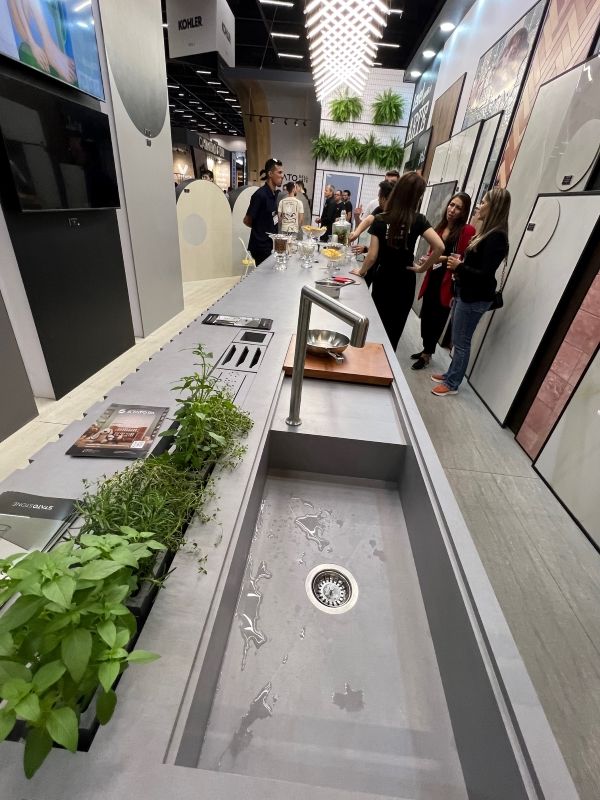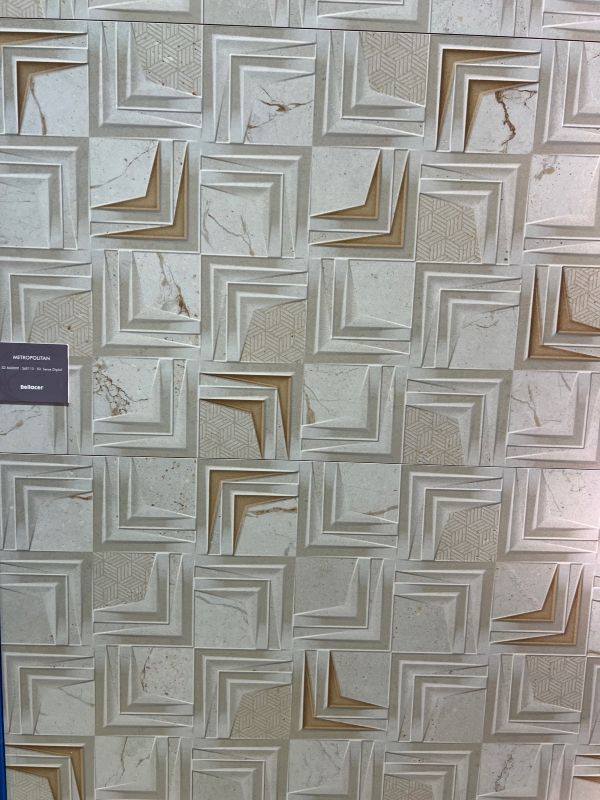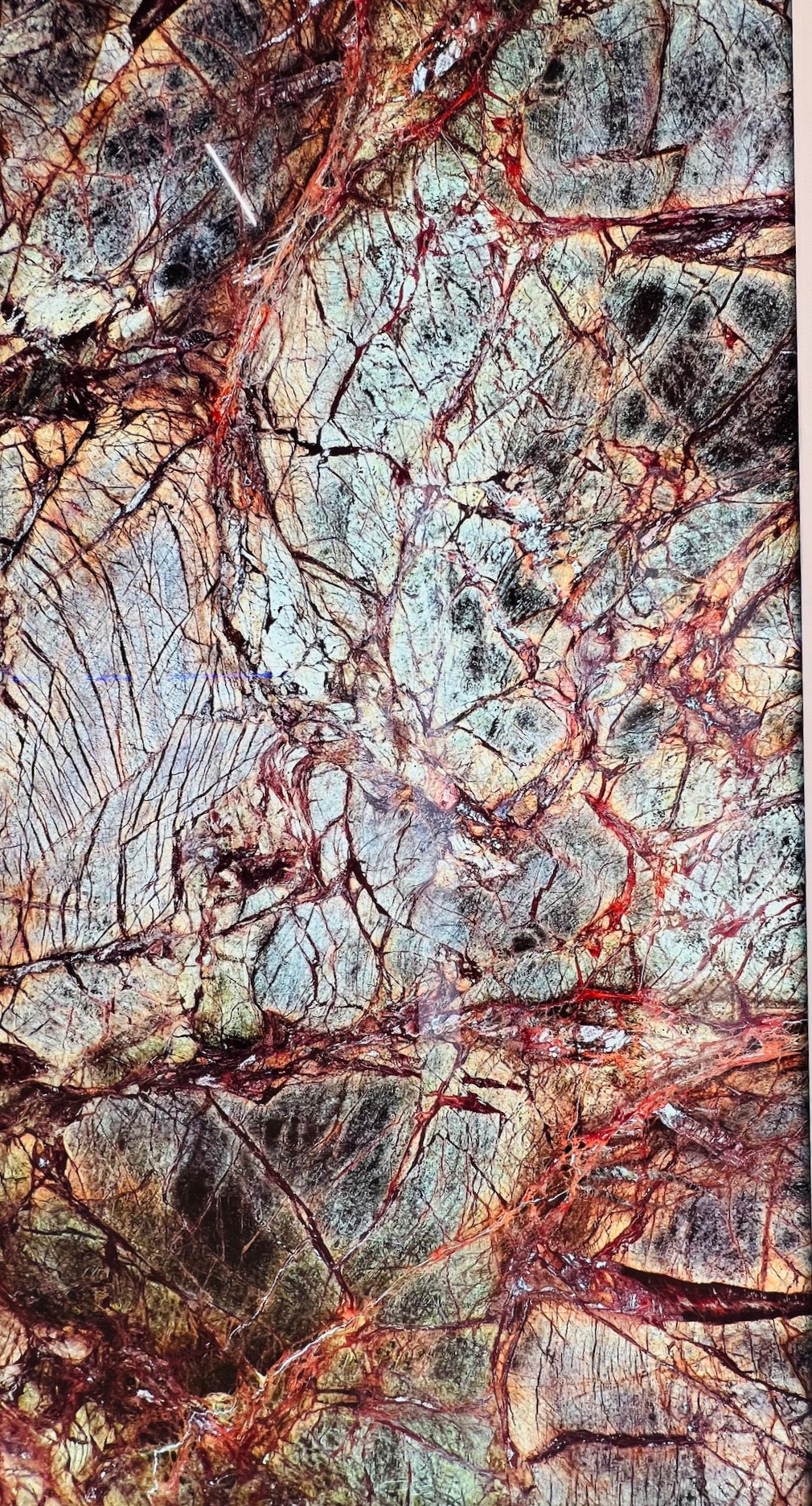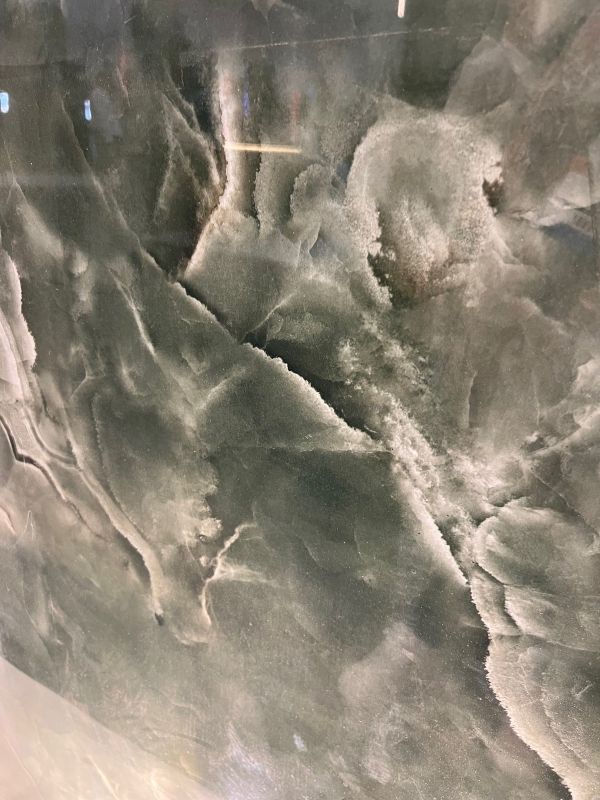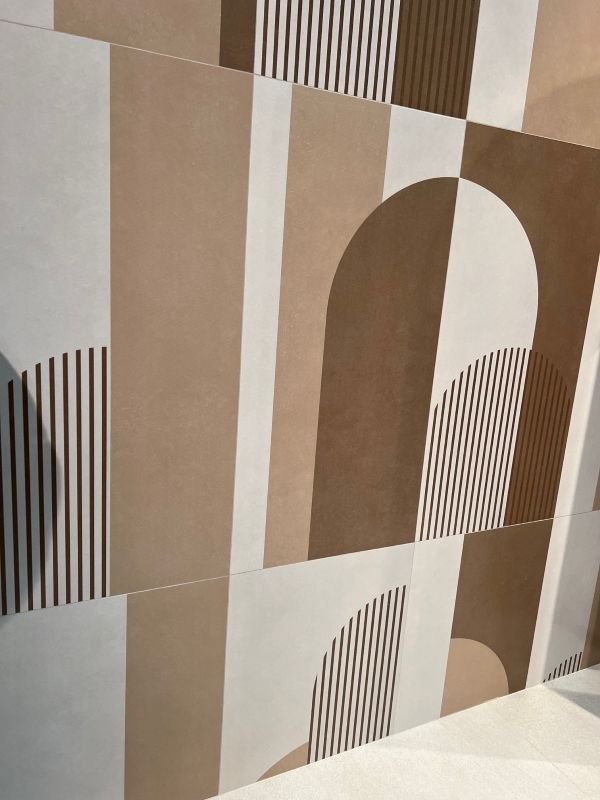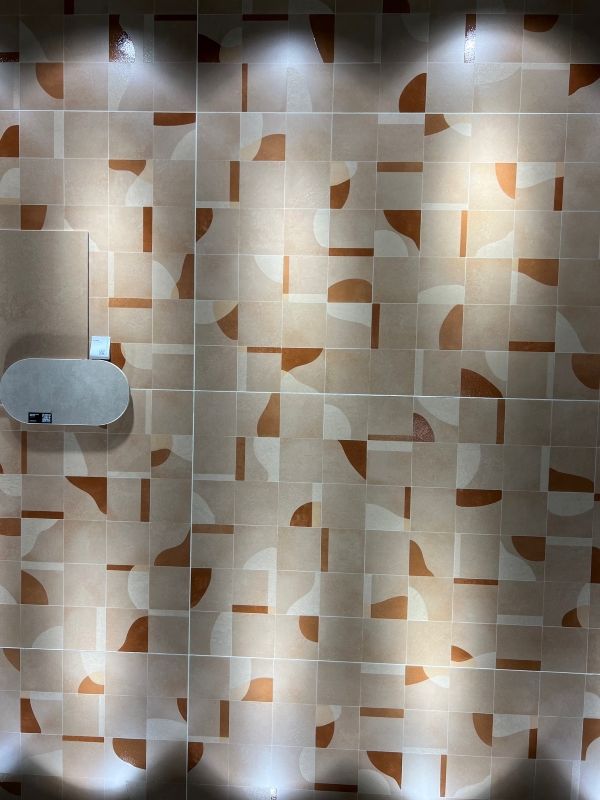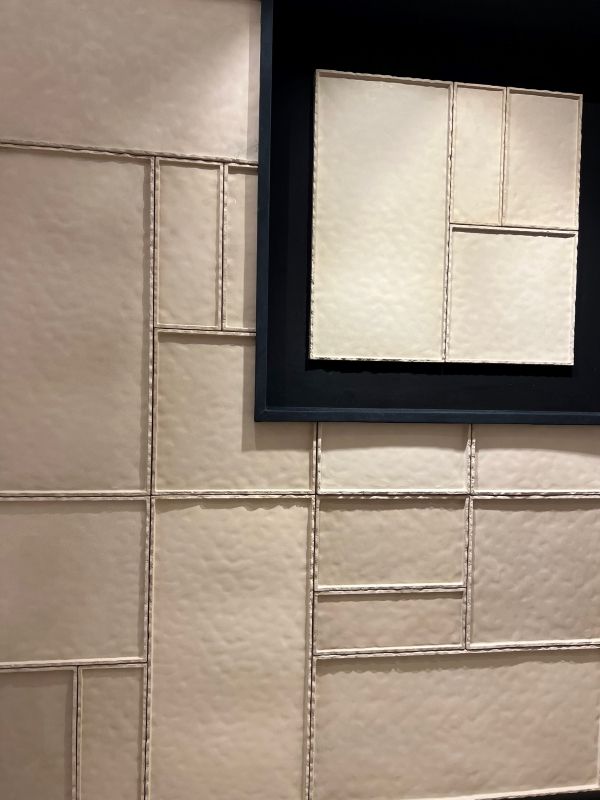
Arpi on Tile
Activity, Color & Designs Drive Expo Revestir
Brazilian companies offer the latest in manufacturing capabilities and creative applications for ceramic and porcelain tile.
All Photos ©2024 Arpi Nalbandian | Tileometry)
By Arpi Nalbandian Tileometry
SÃO PAULO, Brazil -- Celebrating 40 years of developing and strengthening the Brazilian ceramic tile sector, the 22nd edition of Expo Revestir celebrated a successful event that brought together a global community of architects, builders, distributors, retailers, specifiers, and designers. Held March 19-22 in São Paulo’s Expo Center , the event focused on showcasing and promoting Brazilian tile, coatings and finishing exports. With more than 1,300 international visitors from 80 countries, the 65,000 m² exhibition venue brought together more than 300 exhibiting brands to the largest of its kind event in Latin America ANFACER (National Association of Manufacturers of Ceramic Tiles, Sanitary Ware and Similar Products) promoted the event, along with Apex Brasil (Brazilian Export and Investment Promotion Agency) and Ceramics of Brazil,. Setting the tone of the event and an update of the state-of-the-industry specific to Brazilian tile manufacturing, architectural and design innovations, trends, and business promotions, Sérgio Magalhães, chairman of the board of Anfacer expressed optimism about the current scenario and the future of civil construction in the country. He also highlighted the fair’s more than 20-year history and its importance and recognition, not only in the domestic market, but also internationally. To fully grasp the enormity of Brazil’s position in the global ceramic tile and stone sector, here are some up-to-date stats to consider: • Third-largest ceramic tile producer in the world; • Ceramic tile makes up 6% of Brazil’s construction material industry GDP; • Sixth-largest exporter in the world Impressive … and still growing. What was more-sensational was the constant flow of excitement and activity among the attendees and members of the invited international press observing the electrifying environment consistent throughout Expo Revestir! With a global community of architects, builders, distributors, retailers, specifiers, and designers in attendance, Expo Revestir focused on showcasing and promoting Brazilian tile, coatings and finishing exports. It did not disappoint! After spending several days on the show floor exploring with the curiosity of a child, here are the emerging tile trends spotted:
Old World/Terracotta Renaissance
UNDERSTANDING BRAZILIAN DESIGN & ARCHITECTURE THROUGH NATIONAL PERSPECTIVE
To fully comprehend the motivation and inspiration behind Brazilian tile creations, it’s imperative to identify what evokes passion, action, and thereby implementation of a design model. Brazilian design and architecture are renowned for their penchant for vibrant and eclectic styles — blending modernist principles with indigenous and colonial influences. Here are several key trend-influencing elements of substantial importance that are reflective of Brazil’s history. Historical Influence Modernism: Brazilian architecture gained international prominence in the mid-20th century, largely due to the work of Oscar Niemeyer and Lúcio Costa. Their design of Brasília, the country’s capital, is a UNESCO World Heritage site and exemplifies Brazilian modernism. Colonial Architecture: Earlier influences include Portuguese colonial architecture, which is characterized by baroque churches, colonial houses with tiled roofs, and colorful facades. Indigenous Influence: Indigenous Brazilian cultures also contribute significantly, with a focus on natural materials and integration with the landscape. Also worthy of mention and distinction are Lina Bo Bardi, an Italian-Brazilian architect known for her socially inclusive designs and the use of traditional materials. Her notable works include the modern and brutalist Museu de Arte de São Paulo Assis Chateaubriand (MASP) and the modern adaptive reuse project known as SESC Pompéia; and Marcio Kogan, a contemporary architect whose work blends minimalism with Brazilian architectural traditions, often featuring open spaces and a strong connection with nature. Contemporary Trends Sustainability: There is a strong emphasis on sustainable architecture. This includes the use of locally sourced materials, passive cooling techniques (think ventilated facades), and designs that promote energy efficiency. Indoor-Outdoor Living: Modern Brazilian homes (outside of the heavily populated urban areas) often feature open floor plans and large windows, creating a seamless transition between indoor and outdoor spaces. This trend takes advantage of the country’s tropical climate. Use of Natural Materials: Wood, stone, and other natural materials are commonly used, both for their aesthetic appeal and their sustainable environmental benefits. Bold Colors and Patterns: Brazilian design often incorporates vibrant colors and intricate patterns, reflecting the country's rich cultural tapestry. Influences and Inspirations Nature and Landscape: As mentioned previously, Brazilian designers and architects often draw substantial inspiration from the country’s diverse landscapes, including rainforests, mountains, and beaches. Cultural Fusion: The blend of indigenous, African, and European cultural influences is a hallmark of Brazilian design, resulting in a unique and eclectic aesthetic. Artistic Movements: Brazilian architecture and design are substantially influenced by artistic movements such as Tropicália (also known as tropicalismo), which emphasizes color, creativity, and a celebration of Brazilian identity. Obviously, Brazilian ideals, combined with its history and native materials, will continue to reflect the country’s dynamic and multifaceted cultural landscape. As such, by combining tile’s centuries-old integrity to architecture and design, Brazil has earned it place as a distinctive member on the global stage.
